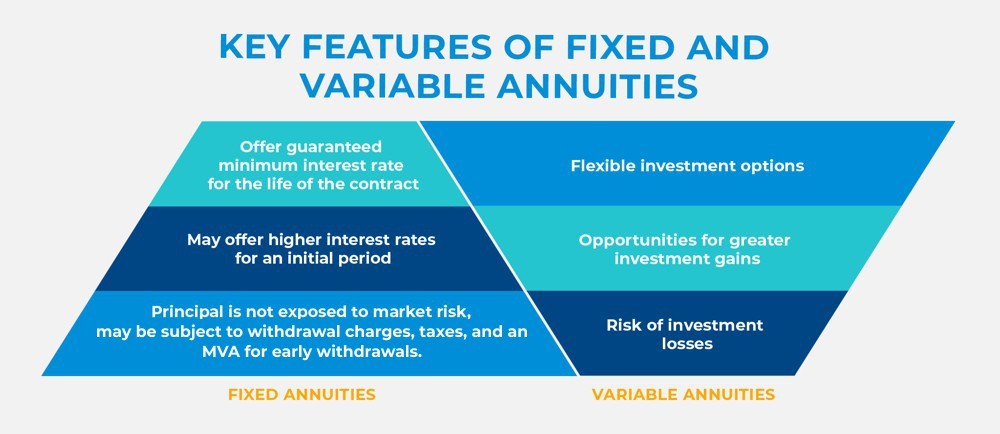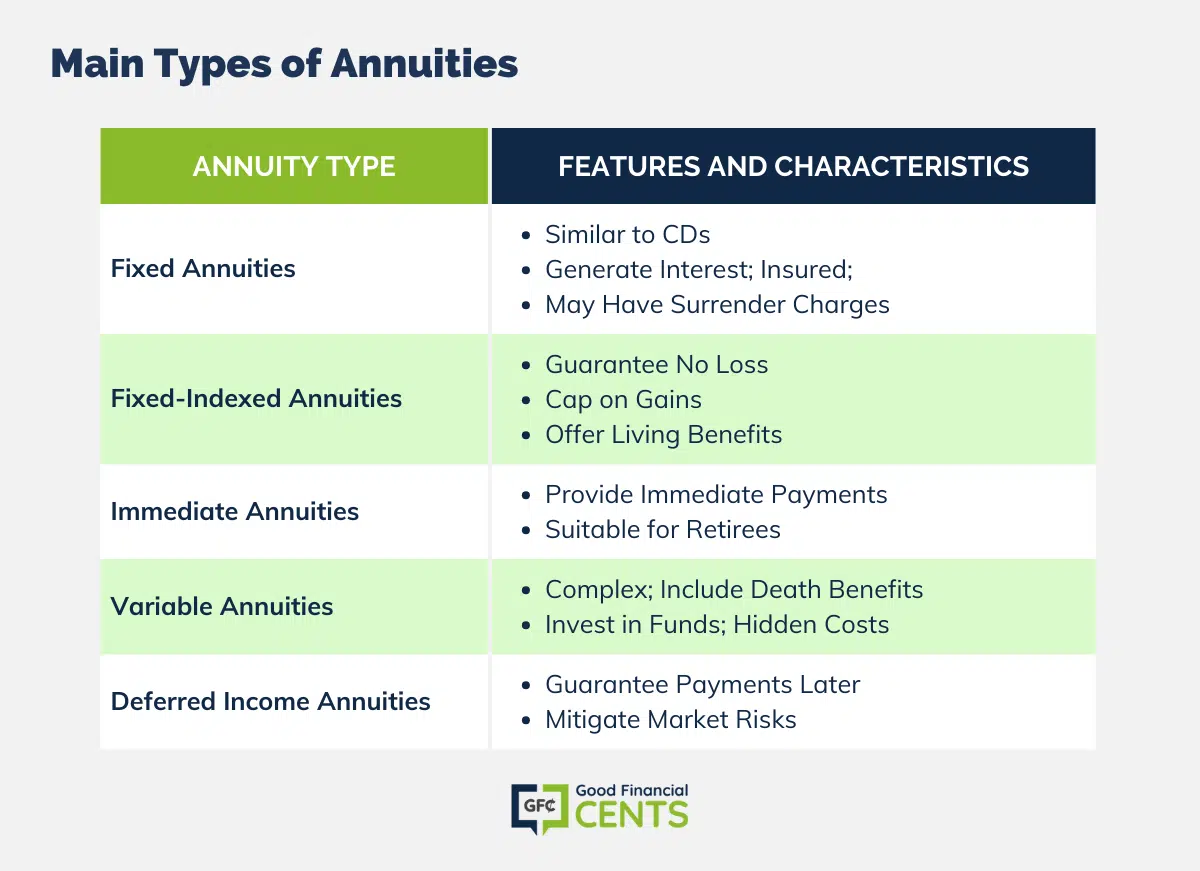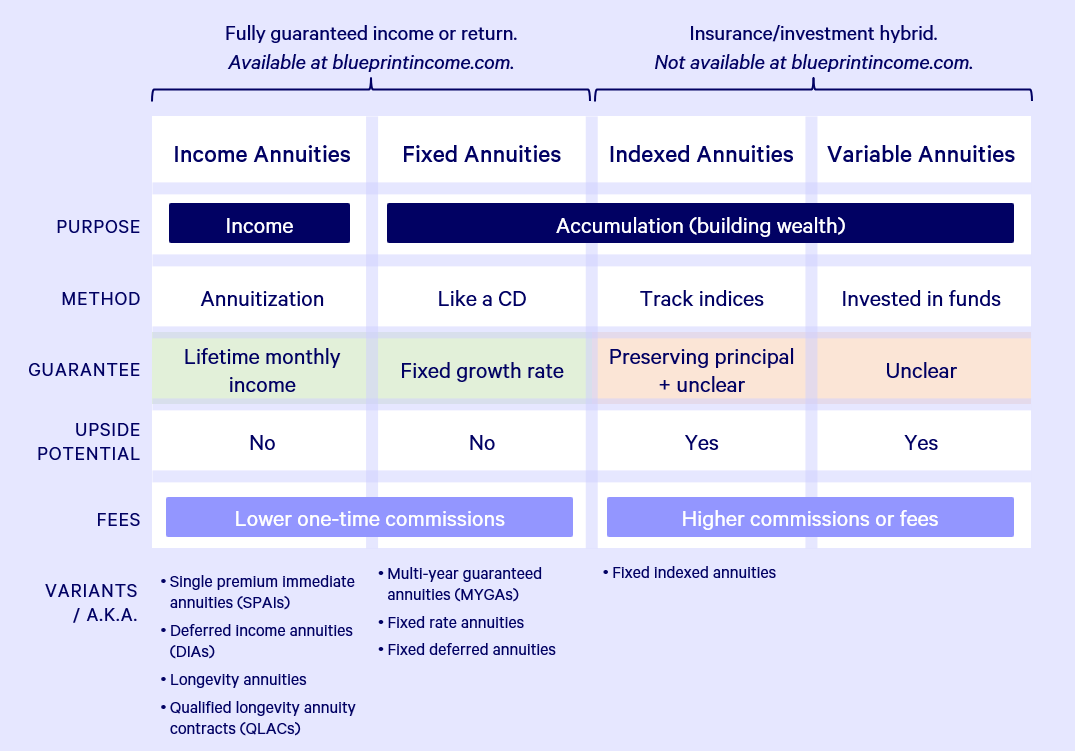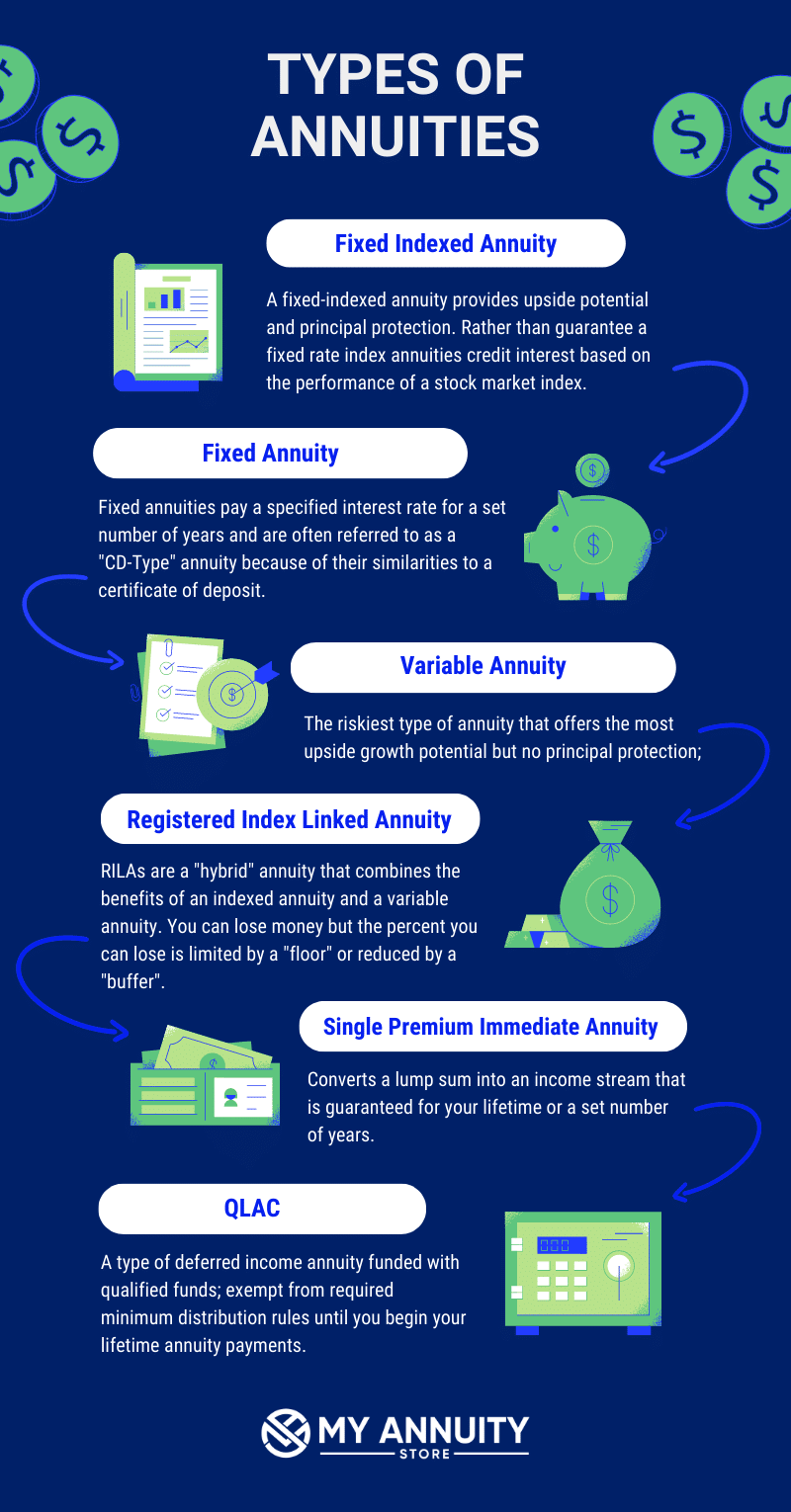All Categories
Featured
Table of Contents
Simply as with a repaired annuity, the proprietor of a variable annuity pays an insurance provider a round figure or collection of settlements for the assurance of a series of future repayments in return. As stated above, while a fixed annuity expands at a guaranteed, constant price, a variable annuity grows at a variable price that depends upon the performance of the underlying investments, called sub-accounts.

During the accumulation phase, assets purchased variable annuity sub-accounts grow on a tax-deferred basis and are strained just when the contract proprietor takes out those revenues from the account. After the buildup stage comes the revenue phase. Gradually, variable annuity assets ought to in theory increase in value until the agreement owner determines he or she would certainly such as to start taking out cash from the account.
The most considerable problem that variable annuities generally existing is high cost. Variable annuities have numerous layers of charges and expenses that can, in aggregate, develop a drag of up to 3-4% of the agreement's worth each year.
Exploring the Basics of Retirement Options Key Insights on Your Financial Future Breaking Down the Basics of Immediate Fixed Annuity Vs Variable Annuity Advantages and Disadvantages of Different Retirement Plans Why Annuity Fixed Vs Variable Is a Smart Choice How to Compare Different Investment Plans: How It Works Key Differences Between Pros And Cons Of Fixed Annuity And Variable Annuity Understanding the Risks of Long-Term Investments Who Should Consider Immediate Fixed Annuity Vs Variable Annuity? Tips for Choosing the Best Investment Strategy FAQs About Variable Vs Fixed Annuity Common Mistakes to Avoid When Choosing Variable Annuity Vs Fixed Annuity Financial Planning Simplified: Understanding Variable Annuity Vs Fixed Indexed Annuity A Beginner’s Guide to Smart Investment Decisions A Closer Look at Fixed Indexed Annuity Vs Market-variable Annuity
M&E cost fees are determined as a percentage of the contract worth Annuity providers hand down recordkeeping and various other management prices to the agreement owner. This can be in the form of a flat yearly cost or a percentage of the agreement worth. Management costs might be consisted of as part of the M&E risk fee or may be analyzed separately.
These costs can range from 0.1% for passive funds to 1.5% or even more for proactively taken care of funds. Annuity contracts can be tailored in a number of ways to serve the particular needs of the agreement owner. Some usual variable annuity riders consist of guaranteed minimum accumulation benefit (GMAB), ensured minimum withdrawal advantage (GMWB), and ensured minimum income advantage (GMIB).

Variable annuity payments supply no such tax reduction. Variable annuities have a tendency to be extremely inefficient vehicles for passing wide range to the following generation because they do not appreciate a cost-basis adjustment when the initial agreement proprietor passes away. When the proprietor of a taxable financial investment account passes away, the expense bases of the financial investments held in the account are gotten used to show the marketplace prices of those financial investments at the time of the proprietor's fatality.
Breaking Down Retirement Income Fixed Vs Variable Annuity Everything You Need to Know About Financial Strategies Breaking Down the Basics of Deferred Annuity Vs Variable Annuity Advantages and Disadvantages of Different Retirement Plans Why Variable Vs Fixed Annuities Can Impact Your Future How to Compare Different Investment Plans: Simplified Key Differences Between Fixed Index Annuity Vs Variable Annuity Understanding the Risks of Fixed Vs Variable Annuity Who Should Consider Fixed Income Annuity Vs Variable Annuity? Tips for Choosing the Best Investment Strategy FAQs About Planning Your Financial Future Common Mistakes to Avoid When Planning Your Retirement Financial Planning Simplified: Understanding Fixed Vs Variable Annuity A Beginner’s Guide to Smart Investment Decisions A Closer Look at How to Build a Retirement Plan
Such is not the case with variable annuities. Investments held within a variable annuity do not get a cost-basis adjustment when the original proprietor of the annuity dies.
One considerable issue associated with variable annuities is the possibility for problems of passion that may feed on the part of annuity salesmen. Unlike a monetary advisor, who has a fiduciary duty to make financial investment choices that benefit the client, an insurance broker has no such fiduciary commitment. Annuity sales are very profitable for the insurance specialists who market them as a result of high upfront sales payments.

Numerous variable annuity contracts consist of language which puts a cap on the percent of gain that can be experienced by specific sub-accounts. These caps prevent the annuity proprietor from fully joining a part of gains that can or else be appreciated in years in which markets generate significant returns. From an outsider's viewpoint, it would certainly appear that investors are trading a cap on investment returns for the aforementioned guaranteed flooring on investment returns.
As kept in mind above, give up costs can severely limit an annuity proprietor's ability to move properties out of an annuity in the very early years of the contract. Further, while the majority of variable annuities enable agreement proprietors to take out a defined amount throughout the build-up stage, withdrawals yet amount typically result in a company-imposed cost.
Withdrawals made from a fixed rate of interest price financial investment alternative can likewise experience a "market price change" or MVA. An MVA adjusts the value of the withdrawal to mirror any type of changes in rate of interest from the time that the cash was bought the fixed-rate option to the moment that it was withdrawn.

On a regular basis, also the salesmen that sell them do not completely understand just how they work, therefore salesmen often take advantage of a customer's feelings to market variable annuities instead of the merits and suitability of the items themselves. We think that capitalists should completely understand what they possess and how much they are paying to own it.
Breaking Down Your Investment Choices A Comprehensive Guide to Investment Choices What Is Fixed Vs Variable Annuity Pros And Cons? Pros and Cons of What Is A Variable Annuity Vs A Fixed Annuity Why Variable Annuities Vs Fixed Annuities Can Impact Your Future Retirement Income Fixed Vs Variable Annuity: A Complete Overview Key Differences Between What Is Variable Annuity Vs Fixed Annuity Understanding the Rewards of Long-Term Investments Who Should Consider Strategic Financial Planning? Tips for Choosing Fixed Annuity Vs Equity-linked Variable Annuity FAQs About Planning Your Financial Future Common Mistakes to Avoid When Planning Your Retirement Financial Planning Simplified: Understanding Your Options A Beginner’s Guide to Fixed Interest Annuity Vs Variable Investment Annuity A Closer Look at How to Build a Retirement Plan
The very same can not be said for variable annuity assets held in fixed-rate financial investments. These assets legitimately come from the insurance firm and would for that reason go to danger if the business were to stop working. Likewise, any kind of warranties that the insurance firm has accepted give, such as a guaranteed minimal revenue benefit, would remain in concern in case of a company failure.
For that reason, possible purchasers of variable annuities ought to comprehend and take into consideration the economic problem of the releasing insurance policy company before becoming part of an annuity agreement. While the advantages and drawbacks of various sorts of annuities can be debated, the genuine problem surrounding annuities is that of viability. Simply put, the question is: that should own a variable annuity? This inquiry can be challenging to answer, offered the myriad variants offered in the variable annuity cosmos, however there are some basic standards that can aid capitalists choose whether or not annuities ought to play a function in their economic plans.
Besides, as the saying goes: "Caveat emptor!" This article is prepared by Pekin Hardy Strauss, Inc. Annuities for conservative investors. ("Pekin Hardy," dba Pekin Hardy Strauss Riches Management) for educational objectives only and is not planned as an offer or solicitation for service. The information and information in this write-up does not comprise lawful, tax, accountancy, investment, or various other professional recommendations
Table of Contents
Latest Posts
Decoding Annuities Variable Vs Fixed A Closer Look at How Retirement Planning Works What Is the Best Retirement Option? Advantages and Disadvantages of Different Retirement Plans Why Fixed Annuity Vs
Highlighting Tax Benefits Of Fixed Vs Variable Annuities Everything You Need to Know About Fixed Vs Variable Annuity Pros Cons What Is the Best Retirement Option? Advantages and Disadvantages of Fixed
Understanding Financial Strategies Key Insights on Variable Vs Fixed Annuity Defining the Right Financial Strategy Benefits of Fixed Indexed Annuity Vs Market-variable Annuity Why Choosing the Right F
More
Latest Posts